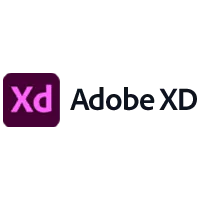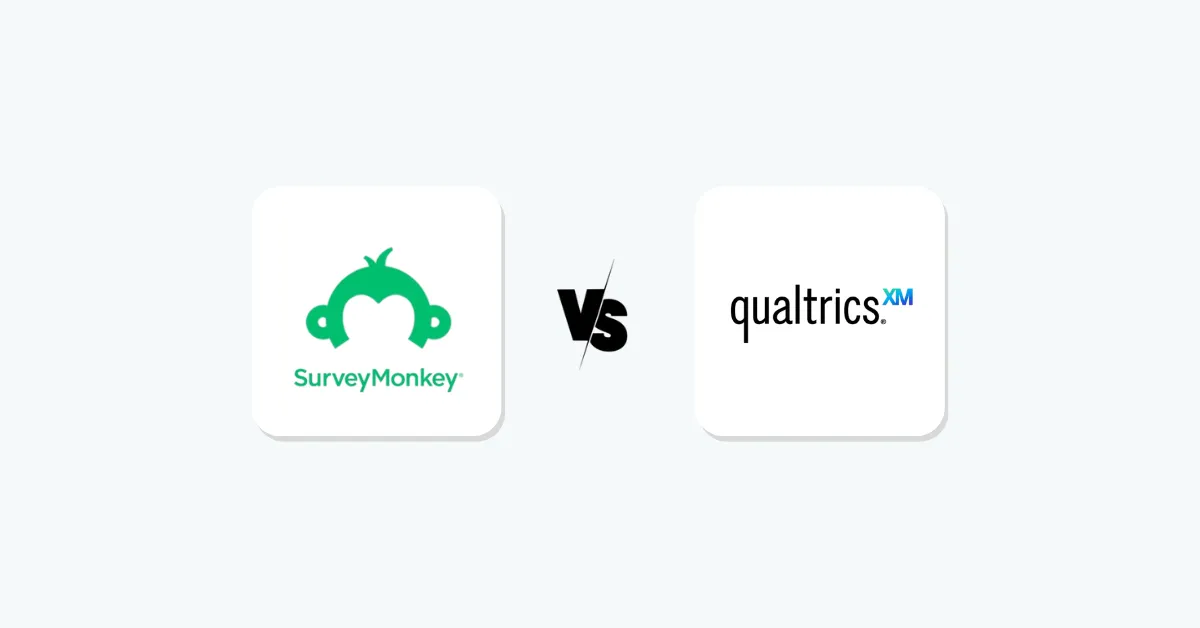
Adobe XD Alternatives for 2026
Save 40% on your SaaS stack with expert guidance
Free Consultation
Adobe XD vs. Similar Products
Select up to 3 Software, to enable Comparison
Compare Selected SoftwareEditorial Review: Adobe XD Alternatives Deep Dive
Adobe XD is a fairly new entrant in UI/UX marketplace and is growing rapidly. However, it still lacks some mojo compared with other already established tools such as Sketch and Figma. So, if you think Adobe XD is great but still want to try other solutions, check out the Adobe XD alternatives.
-
InVision
This tool is a popular alternative to Adobe XD. It offers an easy way to create responsive and interactive prototypes. InVision is also known for its collaborative features, where you can increase team efficiency. It offers a free and premium plan that starts at $7.95 per month per user. Some notable InVision features include transitions & animation tools, vector editing, multi-user collaboration, workflow synchronization, and asset libraries. inVision is available on macOS and Windows. Moreover, you also get Android and iOS support for sharing and reviewing prototypes.
-
Figma
If you are looking for one of the best Adobe XD alternatives, check out Figma. It is one of the most popular UI and prototyping solutions. Its popularity comes from its collaborative approach, where you can enable teams to design with faster outcomes and efficiency. Another advantage of using Figam is that it works directly from the browser, which means better usability and accessibility for the users without downloading any dedicated solution to their desktop.
Figma classifies as an all-in-one design platform where you can design, prototyping, and design systems. They recently added FigJam providing an online whiteboard for teams to explore creativity, do activities, and brainstorm. Figma offers a free version that lets you create 3 Figma and 3 FigJam files but relaxes on limitations by providing unlimited collaborators and personal files. Figma’s price plan starts at $12 per editor per month.
-
Sketch
Besides Figma, Sketch stands out as one of the strongest Adobe XD alternatives. It is a vector-based graphics editor where you can create prototypes, designs, and wireframes. In addition, you can streamline your workflow and improve efficiency with hundreds of different plugin support.
The interface is also great and easy to work with. Sketch offers a native macOS editor but lacks Linux or Windows platform support. So, you should only go for Sketch if your team has access to macOS. Sketch pricing starts at $9 per user per month and offers access to advanced features such as bitmap images, screen mirroring, and symbols.
-
UXPin
UXPin is a code-based design tool that provides flexibility to designers by using both tools and code to create excellent designs and prototypes. Moreover, using the approach reduces the work required to transform the design into working prototypes using code. So, how does it happen? Here, you can use code components and create your design or Prototype. Then, each of these components can be edited using code.
Moreover, you can also create dynamic prototypes which work on macOS and Windows. Finally, if you want to share your design, you can also share it through Android and iOS devices. With UXPin, you can do mockups, wireframing, prototyping, UX design, UI design, Design systems, and much more! As for pricing, UXPin pricing starts at $19 per editor per month.
-
Zeplin
Zeplin is another interesting Adobe XD alternative aimed at code lovers. Here, you can easily design and prototype the elements using the in-build components and sourcing them from sources such as SourceForge, GitHub, Storybook, etc. Like other UI/UX design solutions, Zeplin offers excellent collaborative features.
Its integration is also good, as you can easily connect it with other solutions such as Monday, Proofhub, Jira, Trello, and Slack. Zeplin pricing starts at $6 per seat per month, where you can manage 12 projects simultaneously. However, you can also try out Zeplin through its free version, where you can do one project with a 30-day version history limitation.
Figma vs. Adobe XD
Figma is one of the biggest contenders for the best UI/UX software. Another one is Adobe XD. But, if you look at the release date, you will find that Adobe XD is a new entrant that may bring down your confidence when picking up the tool for your next design project. However, you can not go wrong with any of them, as both let you easily create prototypes, wireframes, and other visual design works. So, let’s compare both of them below to understand better.
Cost
With Adobe XD and Figma, you can access a free Starter plan. The Figma plan lets you create three projects with two editors. However, the history version is limited to 30-days, and the plan can cost you $12 per month per user. Adobe XD’s Starter plan gives you access to limited features with paid plans starting from $9.99 per user per month.
Figma is the way to go if you choose a free account due to fewer restrictions. As for paid plans, Adobe XD is cheaper while offering more features to the users.
Supported Platforms
Adobe XD is a desktop-based application and is available for Mac and Windows. Desktop-based solutions tend to be more reactive and fast compared to web-based solutions. On the other hand, Figma is completely web-based and works on browsers that support WebGL. Moreover, WebGL is fast, which also makes Figma quite responsive. So, in terms of supported platforms, Figma beats Adobe XD.
Toolbar accessibility
Both Figma and Adobe XD have excellent toolbar accessibility. In the case of Figma, the toolbar is located horizontally, whereas Adobe XD has its toolbar vertically. If you previously used UI/UX tools, you will find Figma more natural and easy to use.
Screen Sharing and Collaboration
Figma provides better collaboration features than Adobe XD when it comes to collaboration. You can easily invite others to collaborate, and they can join directly from their browser. With Figma, you can access great collaborative features, including automatic saving and syncing & team libraries.
Document sharing
With Figma, you can easily share your document and invite people to either edit or view the document through the browser. You can set four sharing permissions: owner, editor, admin, and viewer. Adobe XD lets you share work by creating links. You can optimize it before sharing it for development, design review, user testing, presentation, and custom.
Developer Handoff
Developer Handoff is also well-done as it lets you embed specifications. If you need to make any changes, you can do it on the same document without creating a new shareable document. Once they receive the document, developers can grab code snippets, view annotations, and inspect the elements.
Adobe XD works differently by separating the main design file and the specification sheets. You need to generate a link and then share it with others. If the designer changes the design, the specification sheet must be created and shared again.
Commenting
Figma provides a better commenting feature; you can add comments to designs while they are worked on. As for Adobe XD, you need to generate new links in case of changes are made to the document. Other aspects include components, fonts, vector graphics, etc. Each one of them has its advantage and disadvantage.
Overall, you cannot go wrong with any one of them!









